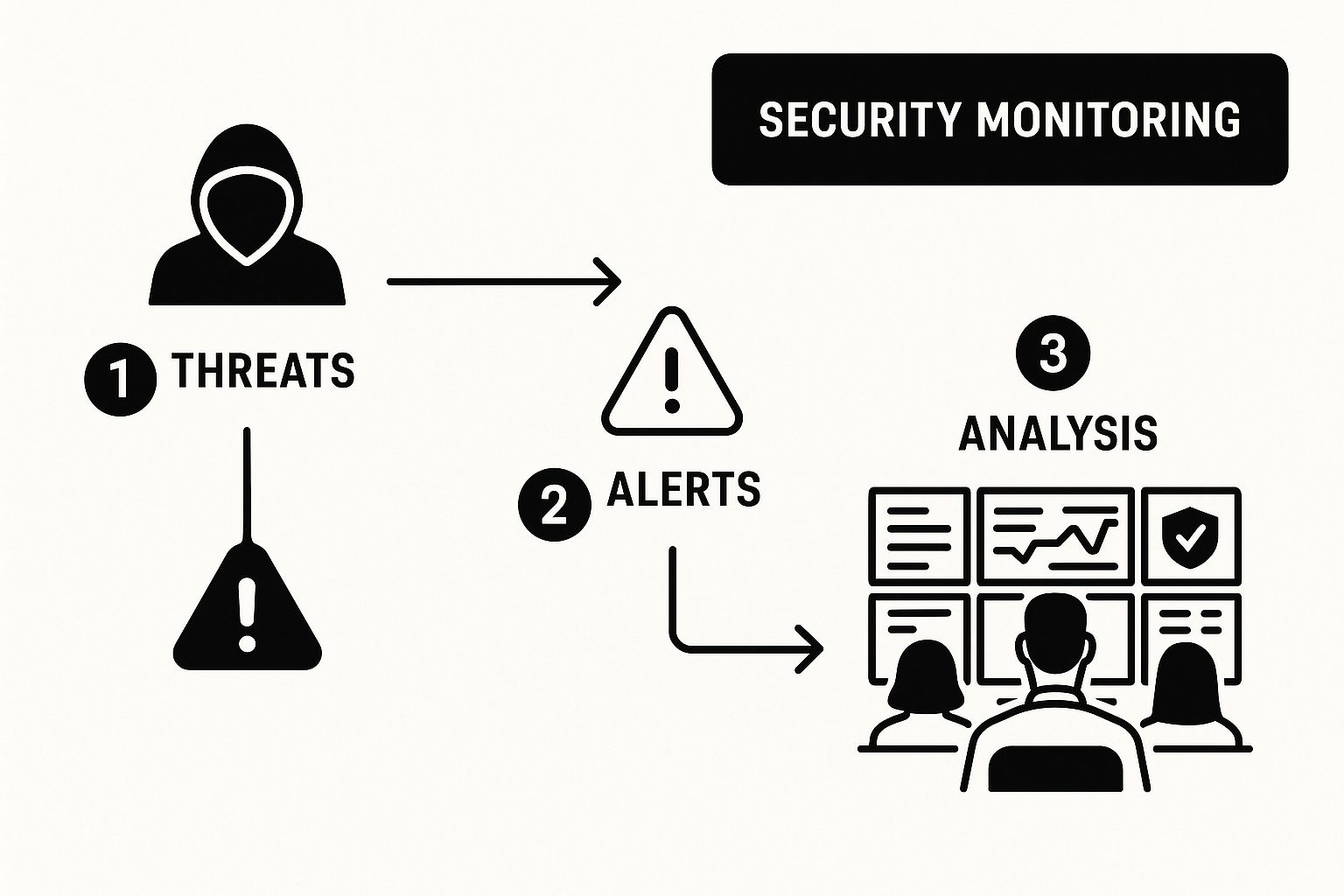Meta Description: Keep your WordPress site secure, fast, and reliable with a clear maintenance plan. Learn essential tasks, schedules, and tips for proactive website care.
Keeping a WordPress website maintenance plan in place is like giving your site a regular health check. It ensures security, performance, and reliability, so your visitors always have a smooth experience. In this guide, we’ll walk through why maintenance matters, the core pillars you need, practical schedules, security tips, cost options, and next steps—all in clear, friendly language.
Why WordPress Maintenance Is a Business Essential
Many treat a website as “launch and forget,” but neglect can lead to serious issues: slow load times, security breaches, downtime, and lost customers. A simple, consistent maintenance plan guards your digital reputation and saves you from unexpected costs.
Protecting Your Digital Reputation
Your website is often a customer’s first impression. A glitchy or slow site undermines trust instantly. Regular checks and updates ensure your brand looks reliable and professional every time someone clicks in.
The True Cost of Neglect
Putting off maintenance can spell disaster:
- Security Breaches: Outdated plugins are prime hacker targets, risking data theft or blacklisting by Google.
- Performance Drops: Slow sites frustrate users and suffer SEO penalties.
- Unexpected Downtime: A failed update or server hiccup can take your site offline, costing sales and goodwill.
Proactive care through a solid WordPress website maintenance plan turns potential crises into routine tasks. For professional help, explore our WordPress maintenance and support options.
The Pillars of a Strong Maintenance Plan

A reliable plan rests on four pillars. Think of these as the foundation of a healthy site:
Proactive Security Measures
- Regular malware scans to catch nasties early
- User access audits to close old accounts
- Two-factor authentication and limited login attempts
Peak Performance Optimisation
- Database clean-ups to remove junk data
- Image compression for faster load times
- Uptime monitoring to alert you the moment your site goes down
Check tools and tips in our guide to website performance monitoring tools.
Reliable Backup Systems
- Store backups both on-site and off-site (cloud)
- Run regular restore tests to confirm recoverability
A tested backup is your true safety net.
Seamless and Safe Updates
- Use a staging site to test updates first
- Apply core, theme, and plugin updates promptly to patch vulnerabilities
Downtime costs UK businesses up to £8,000 per hour. A careful update process is business-critical.
Building Your Maintenance Checklist And Schedule
Breaking maintenance into daily, weekly, monthly, quarterly, and annual tasks keeps everything manageable—like a home‐cleaning routine for your site.
The Daily Quick-Check
- Confirm backups completed in the logs
- Review security scan alerts
Your Weekly Maintenance Routine
- Run all updates on a staging site first
- Moderate and clear spam comments
- Do a visual check of key pages (home, contact, blog)
The Monthly Deep Dive

- Performance tests via Google PageSpeed Insights or GTmetrix
- Database optimisation with WP-Optimize
- Review admin user accounts—remove unused ones
Faster, leaner sites keep visitors happy and boost SEO.
Your Quarterly Strategic Review
- Test all forms and confirm notifications
- Scan for and fix broken links
- Review SEO analytics in Google Search Console
Your Annual Website Audit
- Full content and design review—freshen up key pages
- Evaluate and, if needed, upgrade your hosting plan
- Change all admin passwords
Sample WordPress Maintenance Schedule
| Frequency | Key Tasks | Why It Matters |
|---|---|---|
| Daily | Confirm backups; review security logs | Catch failures immediately |
| Weekly | Update core/themes/plugins; clear spam; visual page check | Stay secure and error-free |
| Monthly | Speed tests; database clean-up; user account review | Keep performance optimal and reduce bloat |
| Quarterly | Test forms; fix broken links; analyse SEO | Ensure lead capture and search visibility |
| Annually | Content/design audit; hosting review; password rotation | Maintain relevance, reliability, and strong security |
A clear plan like this shifts you from reacting to preventing issues.
A Practical Approach to WordPress Security
When it comes to a WordPress website maintenance plan, security is often top of mind. Here’s how to build sensible, layered defences.
Building Your Digital Defences
- Strong passwords (mix of letters, numbers, symbols) via a password manager
- Change default usernames—never use “admin”
- Limit login attempts to block brute-force attacks
Adding Advanced Layers of Protection
- Deploy a Web Application Firewall (WAF) to inspect incoming traffic
- Enable Two-Factor Authentication (2FA) for admin accounts
Over 31% of hacked sites were compromised via outdated plugins. Layers of defence deter attackers.
The Role of Security Plugins
A good security plugin unites scans, firewalls, and login protection in one dashboard. Find our top picks in the guide to the best WordPress security plugins.
So, What Will WordPress Maintenance Actually Cost?

Estimating costs helps you budget this essential business expense.
The Do-It-Yourself (DIY) Route
- Your time is the biggest cost
- Premium backup, security, and performance plugins add up (£100–£300/year)
- Best for those who enjoy the technical side
Hiring a Freelancer
- Hourly UK rates: £30–£80+
- Flexible, expert support without long-term contracts
- Ideal for occasional specialist work
Partnering with a Maintenance Service
- Clear monthly packages for backups, security, updates, and support
- Small to medium businesses typically pay £35–£400/month
- For full breakdown, see current costs of WordPress maintenance
Professional plans turn unpredictable fixes into a reliable operational cost.
Turning Your Maintenance Plan into Action
A healthy website depends on consistency, proactivity, reliable backups, and layered security. Choose one path—DIY or professional—and commit to it. Leaving your site unmaintained is a risk you don’t need.
The Guiding Principles of a Healthy Website
- Consistency in scheduled tasks
- Proactivity: prevent issues before they start
- Backups as a regularly tested safety net
- Security through overlapping defences
What’s Your Next Move?
If you have the time and enjoy technical tasks, build your own routine with the checklists above. If you’d rather focus on growing your business, partnering with experts can give you complete peace of mind.
A well-maintained website protects your reputation, supports your marketing, and delivers a smooth customer experience—day in, day out.
If you’d like professional guidance tailored to your site’s needs, Contact us to learn more.
